Listen to this Article
Fred J. Maahs, Jr. was invited to join Tourism for All’s trip to Portugal in March, 2023. This is the second part of his article about that trip. Find the first part in the Summer 2023 edition.
We left Cabo da Roca to head to the Hotel Villa Batalha, situated in Batalha and literally a short walk from the magnificent Monastery of Batalha. The Monastery was built to commemorate the victory of the Portuguese over the Castilians at the battle of Aljubarrota in 1385. We checked into our rooms which were quite accessible and very modern and then met for dinner in the hotel. Once again, the food was a delicious array of seafood and vegetables.
The next morning, we met in the restaurant for a fulfilling breakfast and then met with the hotel manager to take a tour of the hotel’s accessibility features, including accessible guest rooms and the spa. In order to serve guests with disabilities, the massage tables in the spa could be raised or lowered and the hotel had access to Tourism for All’s hoist in the event someone with a disability wanted to use the hot tub or indoor pool.
We left the hotel on our accessible tour bus and drove to the Interpretation Center of Aljubarrata’s Battle. The parking lot was stone and could be a little bit difficult for people using a wheelchair, cane or walker. But once we got to the sidewalk of the museum it was very accessible, including accessible entrance and clear pathways throughout the entire museum. There were a number of tactile displays in the museum as well as a short 3D audiovisual presentation of the battle. Each of us were given headsets that provided translation into English for us to enjoy the presentation. After the presentation, we were able to explore the rest of the museum and its grounds to fully understand the significance and actual location of the battle.
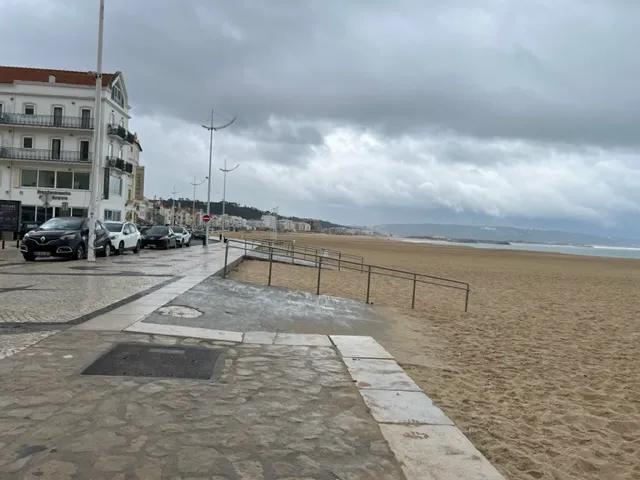
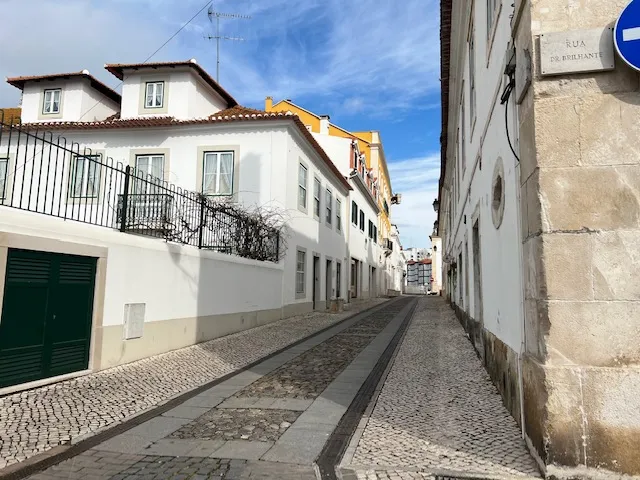
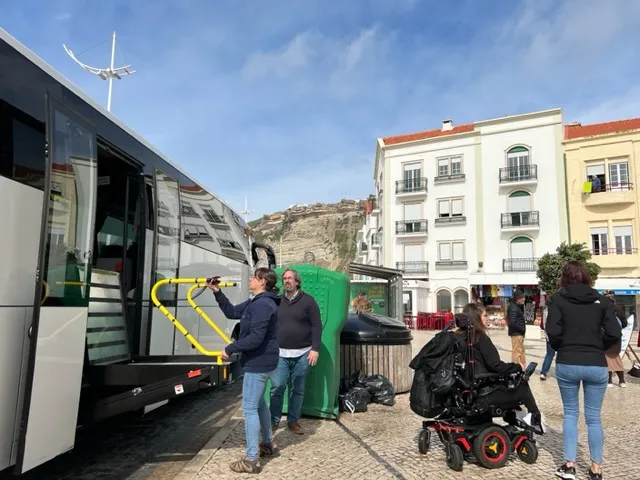
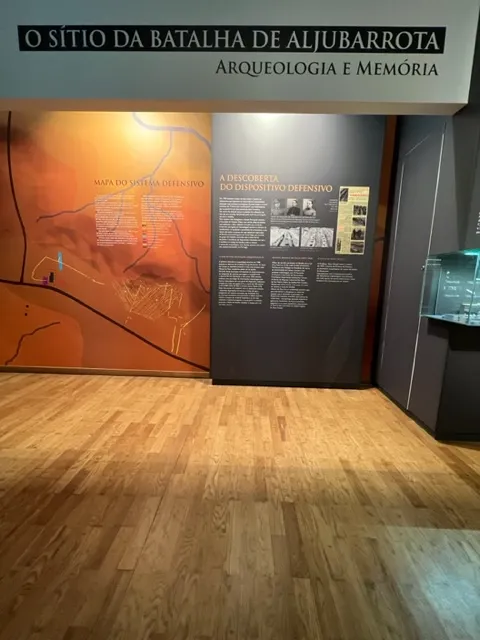
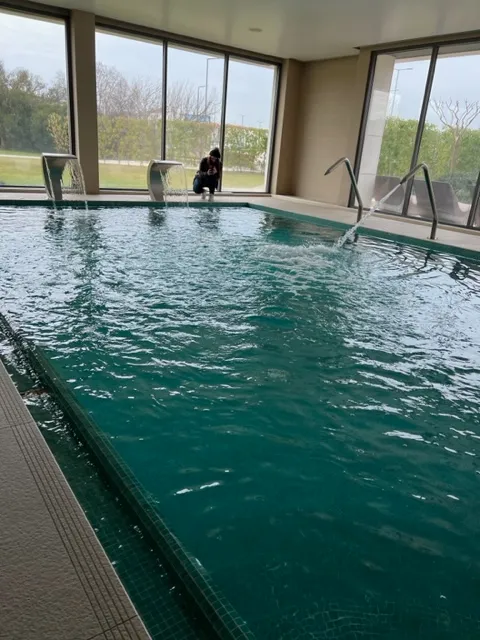
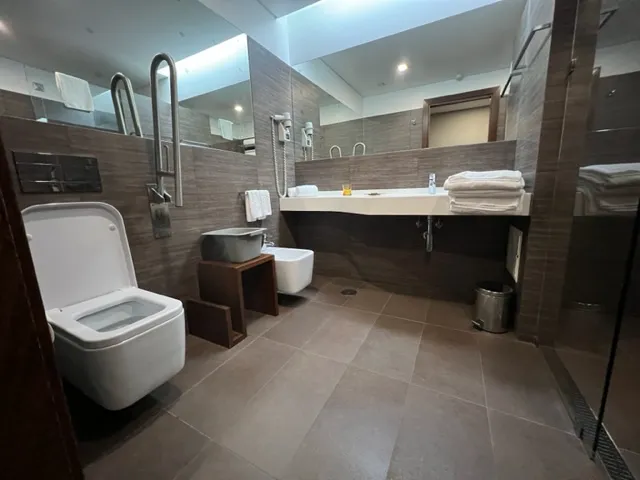
After we left the museum, we took a short drive to a local restaurant and once again enjoyed traditional Portuguese food. After lunch we were free to explore the local area on our own. I wheeled over to the Batalha Monastery and toured the magnificent structure. That evening we enjoyed dinner in the hotel restaurant as a group.
After breakfast the next morning, we checked out of the hotel and drove to the Alcobaca Monastery, one of the first Gothic monuments built in Portugal in the 12 century and founded by King Alfonso I. The Monastery is 120 km north of Lisbon. We entered the monastery through a man-made ramp and then, once inside, found much of the structure to be accessible with ramps and wide doorways.
Once our tour of the monastery was finished, we got back on our accessible tour bus and started our drive to Nazare, a traditional Portuguese fishing village. The seaside village was filled with shops and restaurants alongside its beautiful beach. During spring, you won’t find many people in the water or tanning on the beach, but nonetheless the cliffs and the view were absolutely stunning. Unfortunately, none of the hotels were accessible for people with disabilities and the only restaurant that was accessible for us was the Restaurante Afinidades. Our meals and drinks were amazing – the freshest seafood caught just off the coast! Nazare is also famous for its 100-foot waves where surfers from around the world come to try to conquer them during surfing championships.
We left Nazare to return to Lisbon to visit Praca do Comercio, one of the largest plazas in Portugal, in the middle of the city, and check out the shops and restaurants. There were visitors from around the world and many gathered along the Tagus River as the sun was setting. After our visit to the plaza, we left to check in at the Vila Gale Opera Hotel, again. We gathered as a group and enjoyed our last meal together while sharing our thoughts about the trip and our host, Tourism for All.
Overall, I was surprised at just how accessible the areas of Portugal I toured were. It’s not perfect and it’s not what you will find in the United States. Portugal is a much older country with a rich history of battles and wars, and where older and historic structures are revered. This puts enormous burdens on trying to make these structures accessible given budgets, etc. Sidewalks are primarily made of 3” by 3” square stones, almost tile-like, and many of them are not even, which will give anyone using a mobility device a bumpy ride. Many ramps are made of wood and are not permanent structures made of concrete or steel. There are curb cuts at many corners and crossways, but it is rare that you ever see anything like truncated domes or anything tactile for people who are blind or low-vision. In more modern buildings you will see Braille signage in elevators, but I didn’t see it anywhere else. I was not aware of any type of accommodation for people who are deaf or for those on the spectrum. Beds in many hotels are single twin beds. If you want a larger bed, the hotel will move two twin beds together. I did not see any accessible taxis but I did hear from a colleague on our trip that the train and platform were accessible – but the accessibility from station to station varies. Another thing to keep in mind is that the ticket counters at the airport open at 4:30 a.m., so if you have an early flight, there is really no need to arrive before then as I did.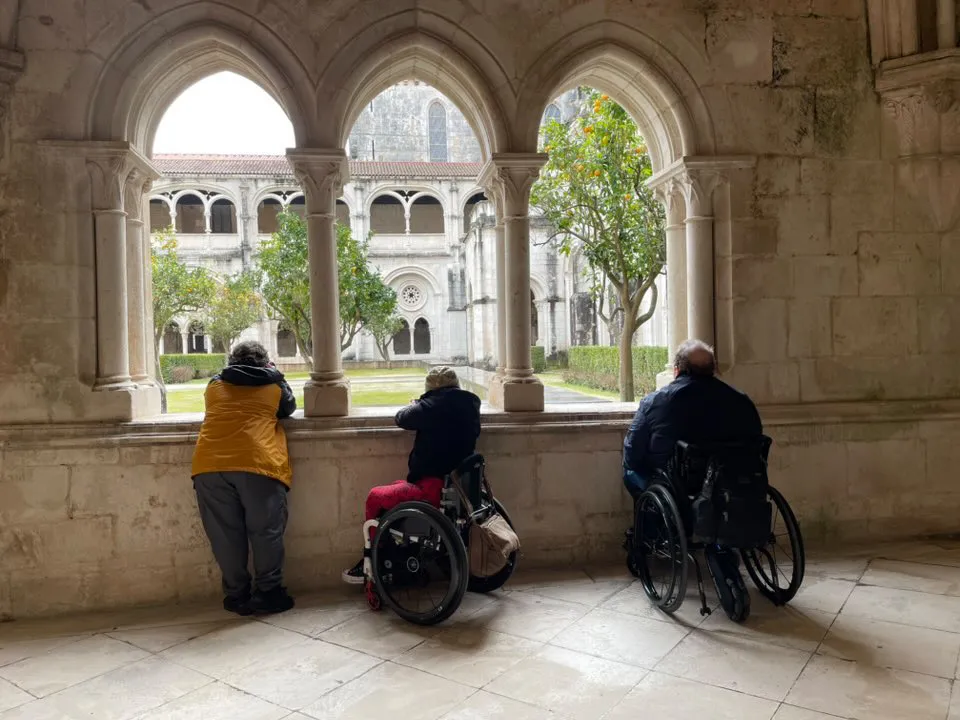
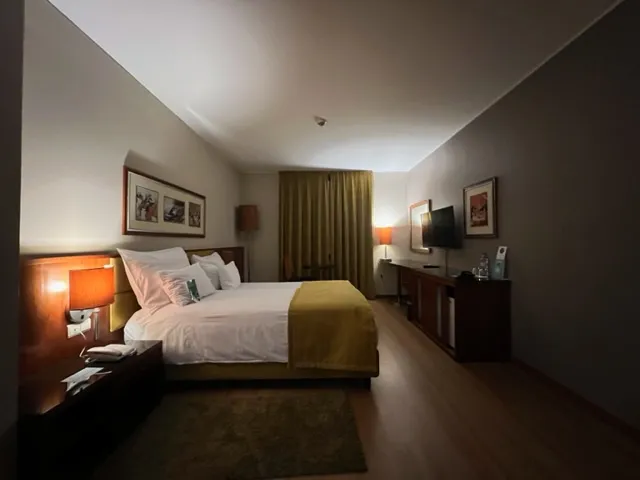
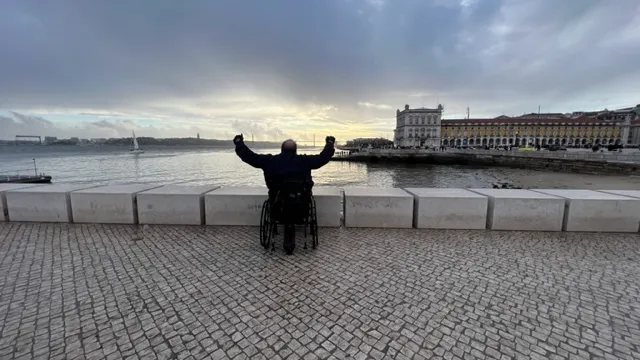
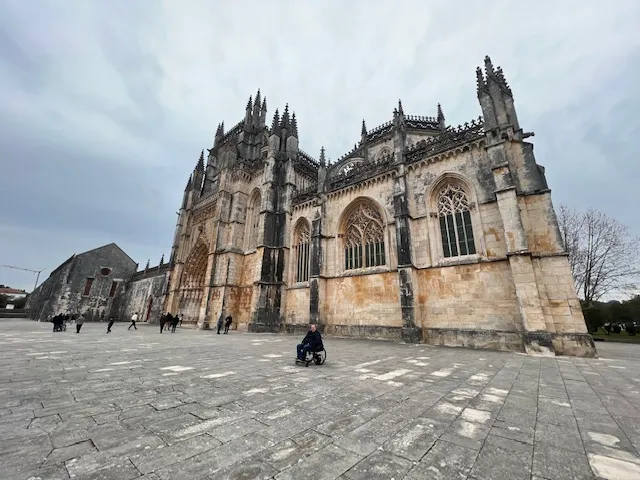
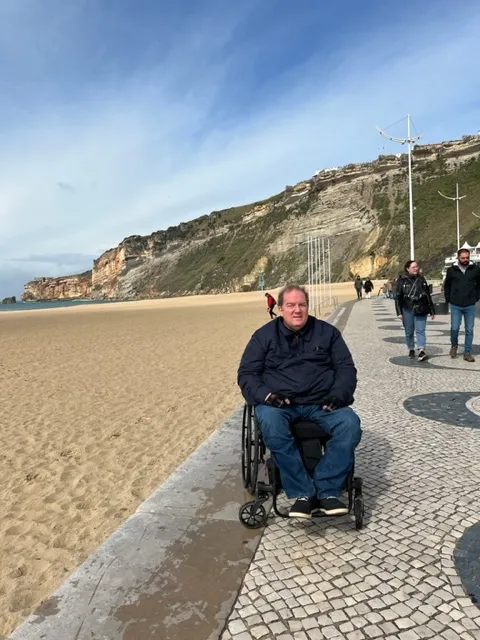
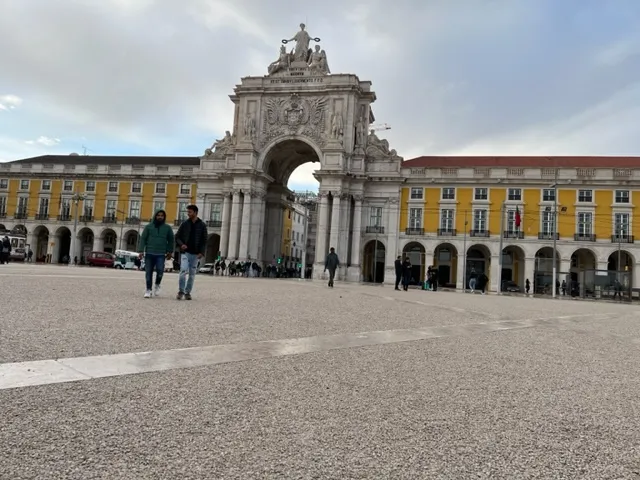
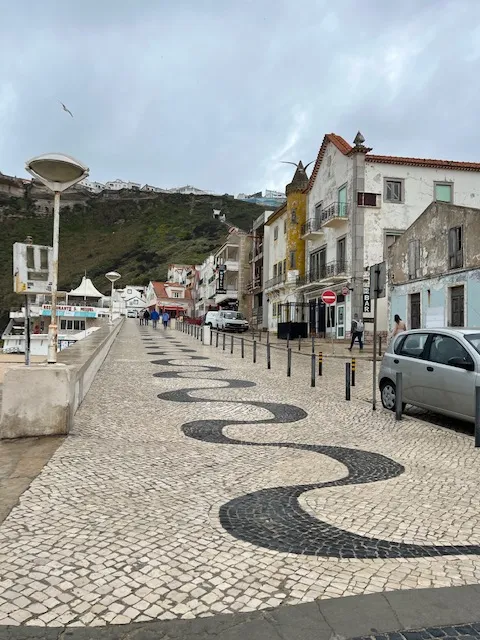
If you have a disability and you want to experience the richness of Portugal’s history, people, food and culture, I highly recommend planning your trip with Tourism for All. They have a trained and capable staff. They have a fleet of 34 accessible vehicles – from smaller accessible vans for a single wheelchair and guest, all the way up to two full-size accessible tour buses with side lifts. And their tour guides are amazing.
Another thing to consider is the weather. Our trip took place during the first week of March. Average temperatures were low to mid-50-degrees Fahrenheit with nights dipping into the 40’s. A couple of days were sunny, some were cloudy, and we even had a couple of days of cold rain showers. Just be prepared to dress warmly and bring rain gear. There are plenty of sites to see indoors should you get rain.
Thank you, Jose, Carolina, Susana, Susana, Ricardo and our amazing tour guide, Pedro!
